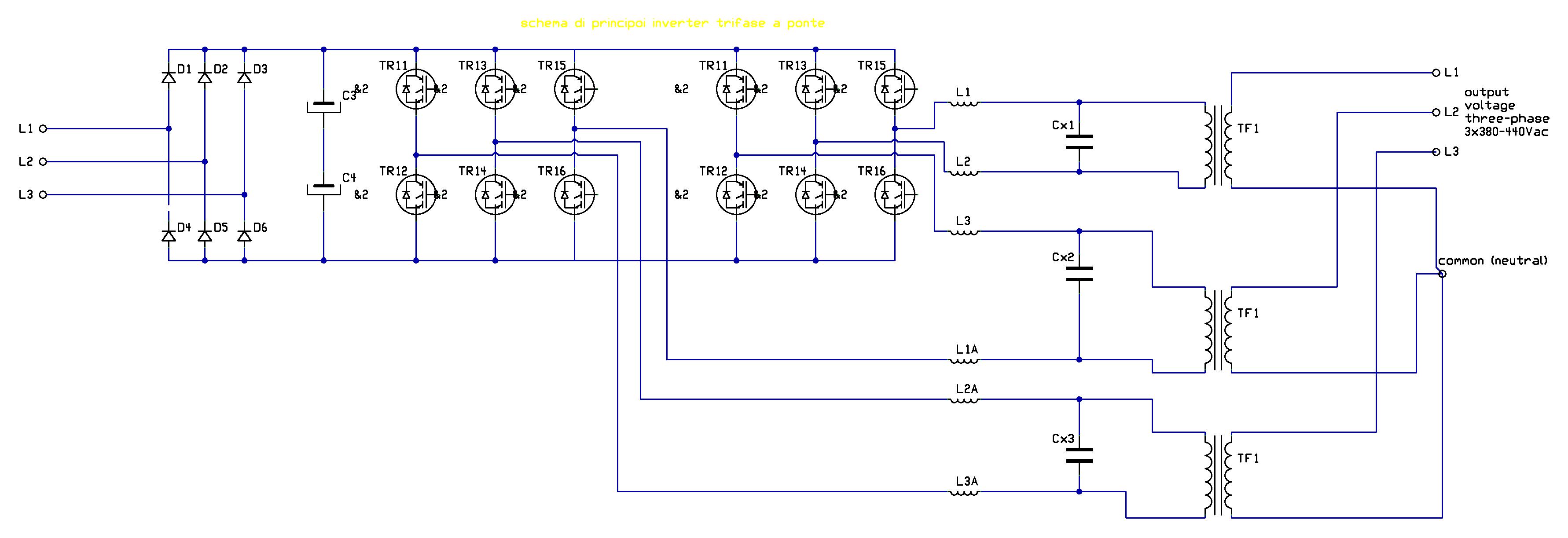
Galvanic isolation is a crucial concept in electrical engineering that plays a significant role in ensuring safety, reliability, and optimal performance of various electronic systems. In this blog post, we will delve into the meaning of galvanic isolation, explore why it is called so, provide examples of its application, highlight the key differences between galvanic isolation and electrical isolation, and discuss the custom power conversion solutions offered by MCB Electronics.
What is Galvanic Isolation?
Galvanic isolation is a technique used to separate electrical circuits, preventing direct electrical contact while allowing the transfer of signals or power between them. It utilizes a physical barrier, typically in the form of an isolation barrier or an isolator, to eliminate the possibility of current flow and voltage fluctuations between interconnected systems. This isolation provides several benefits, including enhanced electrical safety, noise reduction, and the prevention of ground loop issues.
Why is it Called Galvanic Isolation?
The term «galvanic isolation» originates from the concept of galvanic cells, which are electrochemical cells that convert chemical energy into electrical energy. In galvanic cells, two dissimilar metals immersed in an electrolyte create an electric potential difference. Similarly, galvanic isolation separates electrical circuits using a barrier, much like the separation of metals in a galvanic cell, to prevent the flow of electric current and minimize potential differences between interconnected systems.
Example of Galvanic Isolation:
One prominent example of galvanic isolation is its application in AC power sources. For instance, companies like MCB Electronics offer advanced AC power sources equipped with galvanic isolation capabilities. These power sources are widely used in various industries, including telecommunications, medical devices, and industrial automation. By incorporating galvanic isolation, these power sources ensure that the output voltage is electrically isolated from the input, providing an added layer of protection against electrical faults and reducing the risk of electrical shocks or damage to sensitive equipment.
Customized Power Conversion Solutions by MCB Electronics:
MCB Electronics specializes in producing customized power conversion solutions, offering both autotransformers and isolation transformers. However, when building a three-phase bridge, the transformer becomes mandatory, and there is no choice for an autotransformer. This is due to the design requirements and specific application needs.
Difference between an Autotransformer and a Isolation Transformer:
Differentiating between an autotransformer and an isolation transformer is simple. While both serve the purpose of transferring electrical energy between circuits, the key distinction lies in their configuration. A transformer has no poles in common with the primary and secondary windings, whereas an autotransformer has one pole in common between the primary and secondary windings. This difference impacts factors such as voltage regulation, efficiency, and size considerations.
Galvanic isolation serves as a critical tool for ensuring electrical safety, reducing noise interference, and enhancing the performance of electronic systems. By understanding the meaning of galvanic isolation, its origins, practical applications, and the difference between galvanic isolation and electrical isolation, engineers and professionals can make informed decisions when designing and implementing electrical systems. MCB Electronics, with its expertise in custom power conversion solutions, offers a range of options including autotransformers and isolation transformers to meet specific industry requirements.
Example of Three-phase bridge principle diagram:

Francesco Franco